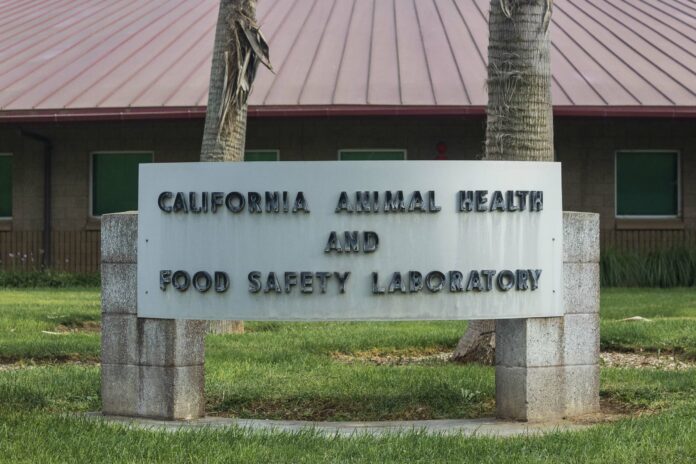Federal and state government, various businesses, industries granted university funds for research projects
Known for its strong emphasis in research, UC Davis earns funding from various institutions, and last year was no exception. In the 2018-19 school year, the university received $845.5 million in grants and contracts for research, according to an article from UC Davis.
In total, the university was granted 4,519 awards that went to a wide range of research projects and services, as well as community outreach, according to the article.
Various federal and state agencies and corporations give the awards. These institutions usually choose specific projects to help fund, according to Vice Chancellor for Research Prasant Mohapatra.
“The biggest share is used for supporting graduate students and postdocs,” Mohaparta said.
Compared to other years, the research funding for the 2018-19 school year is $1.2 million below the previous year’s record-setting total of $846.7 million, according to the article. It is also about $70 million more than the 2016-17 school year, according to Mohapatra. He speculates that research funding will increase for the next year.
Similar to previous years, the federal government provided most of the funding, totaling $473 million in awards — $26 million more than the previous year, according to the article. Other sections of the government provided an additional $88 million in subawards.
Although federal funding increased, California state funding totaled $49 million less in comparison to the 2017-18 school year. UC Davis still received a total of $124.8 million, however, making the State of California the second largest source of research funding.
The third largest source of grants, totaling $74.3 million, came from various businesses and industries, according to the article.
This funding allows groundbreaking research projects to occur at UC Davis.
For example, Vinod Narayanan, a professor in the department of mechanical and aerospace engineering, received a $2.2 million award from the U.S. Department of Energy Solar Energy Technologies Office. In his project, researchers will create “additively-manufactured molten salt-to-supercritical carbon dioxide heat exchangers,” which will capture the sun’s thermal energy and convert it into usable forms of energy, such as electricity. The $2.2 million will be allocated over three years and is contingent on making steady progress, according to Narayanan.
The U.S. Department of Education awarded $4.9 million to the the LibreTexts project, created by Delmar Larsen, a professor in the chemistry department. Libretexts, originally Chemwiki, is a leading, noncommercial open-textbook organization that is working to expand its library of free and online STEM textbooks and educational resources, according to the UC Davis article.
“The goal is to make something that is able to substitute for commercial textbooks so students do not have to buy them,” Larsen said. “We have saved about $40 million so far in student costs and we are growing significantly.”
Like the grant given to Narayanan’s energy research, Libretext’s awards will be used over a three year period.
“The money goes to lots of different things,” Larsen said. “We need faculty to build content; we pay students to bring content into the platform; we pay for dissemination efforts; we have to pay for meetings and ways of presenting information to get the word out; we pay for technology and software to run what we need to do; we pay for analysis and we pay for many other things.”
The state of California granted $12 million to a UC Davis study on Jordan’s syndrome, a rare neurodevelopmental disorder that affects children.
“Not much is really known about [Jordan’s syndrome],” said Jan Nolta, the principal investigator of the research and professor in the department of internal medicine. “It is a really rare disease.”
According to Nolta, the study received state funding because their research could help them understand whether a protein found in Jordan’s syndrome is linked to Alzheimer’s and specific cancers. The funding will help researchers develop gene therapies for kids who have the condition.
Like the other two projects, the funding granted to the study on Jordan’s syndrome will be allocated over a three year period.
“At the end of three years, we hope to have gene therapy and will understand the disorder better,” Nolta said. “We will find drugs that are already FDA approved and will prescribe them to stop deficits in kids.”
Nolta’s study, along with all the other research projects, are big scientific endeavors that require large teams and expensive equipment. Funding from the government, businesses and industries is necessary for their success.
“We just always have the patient in mind and we are very motivated by children who have the disorders,” Nolta said. “A lot of team work goes into this.”
Written by: Margo Rosenbaum — science@theaggie.org




